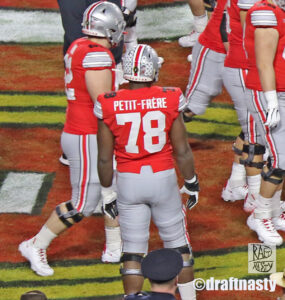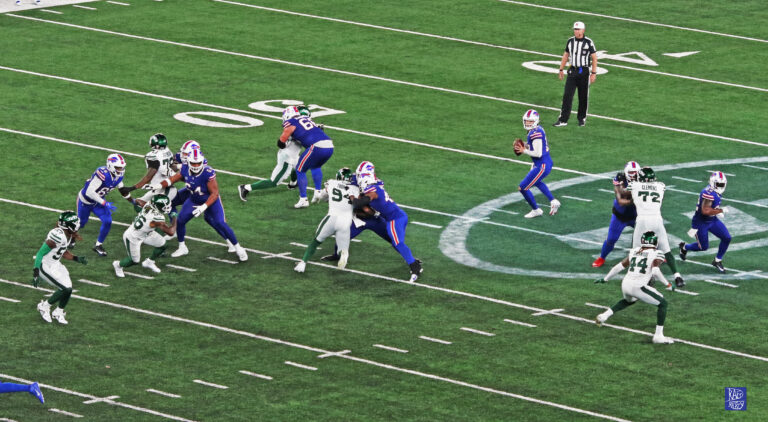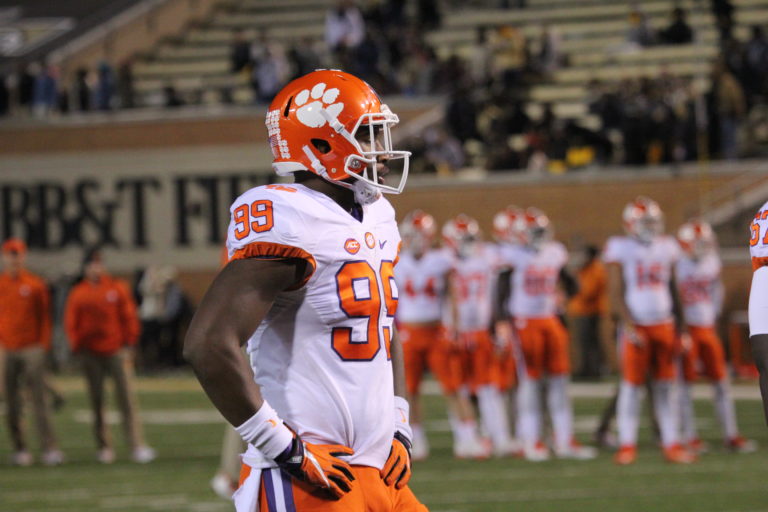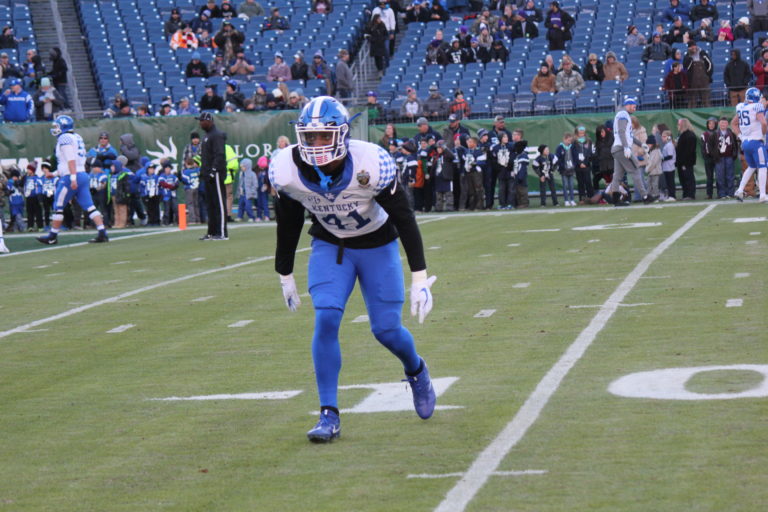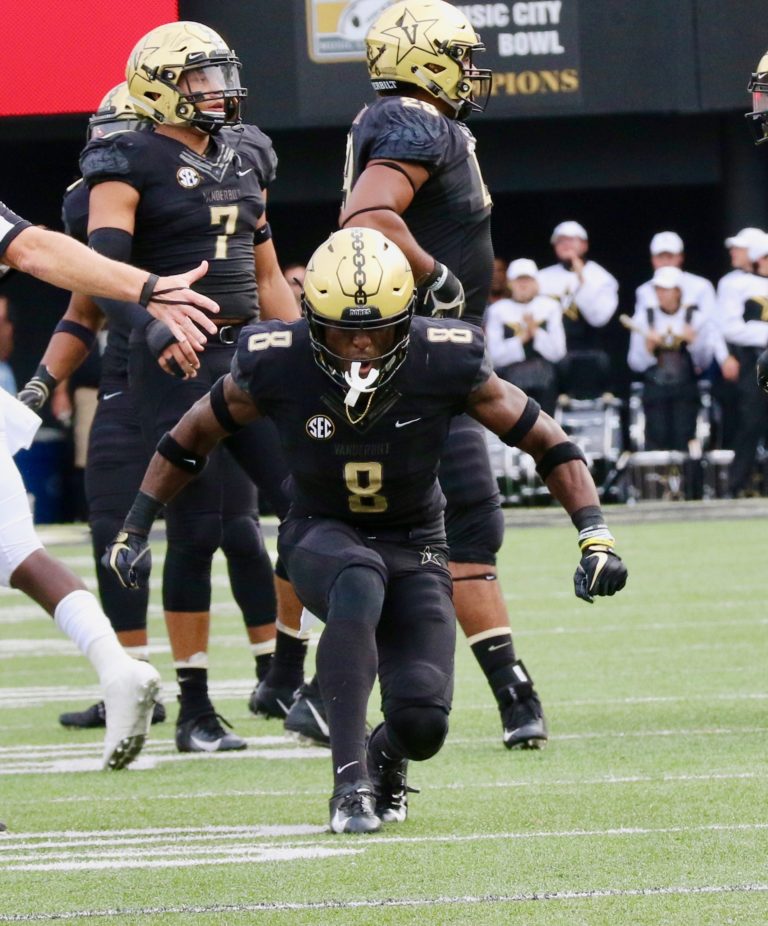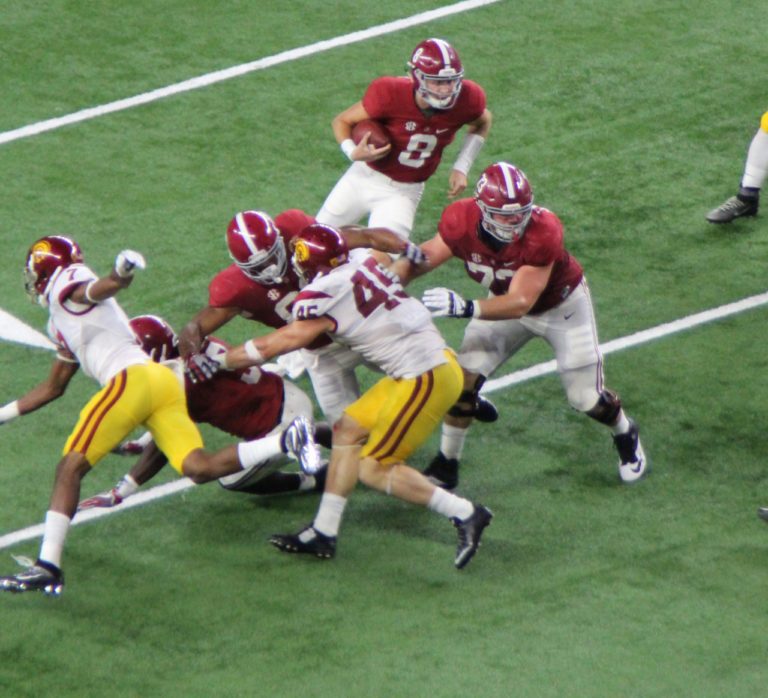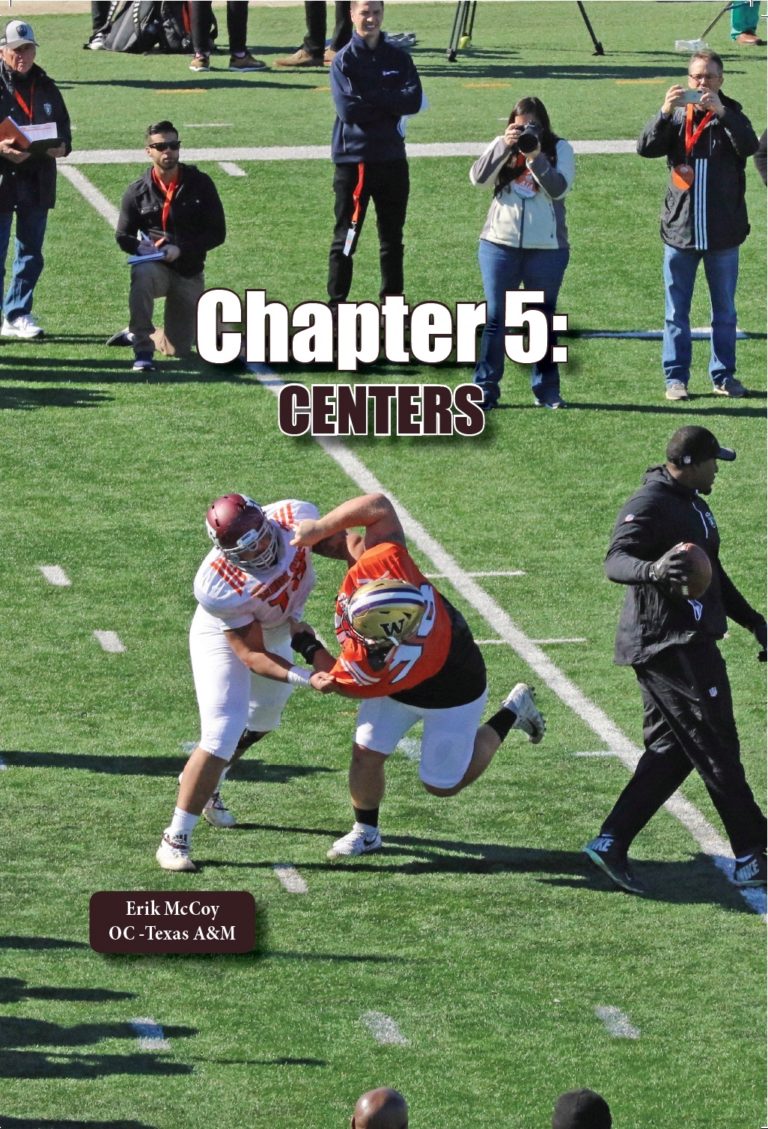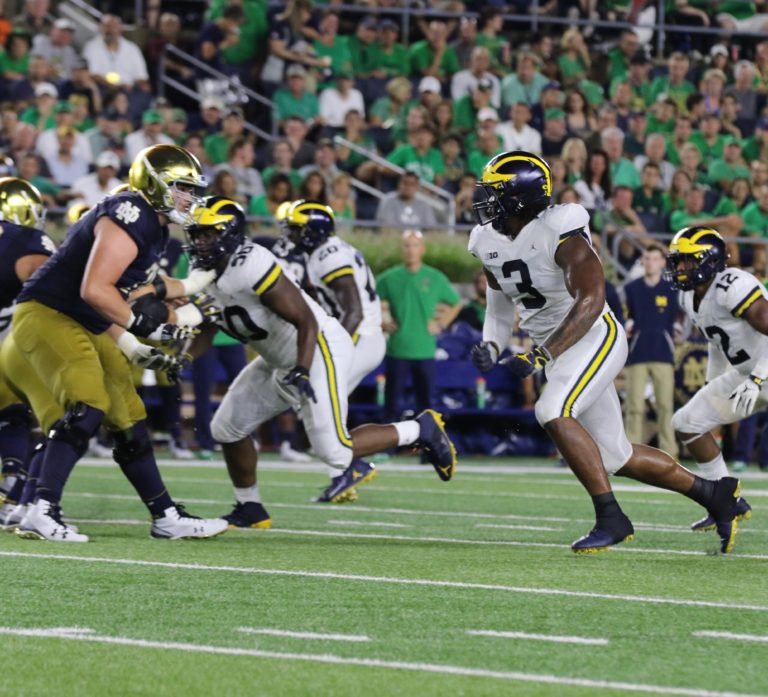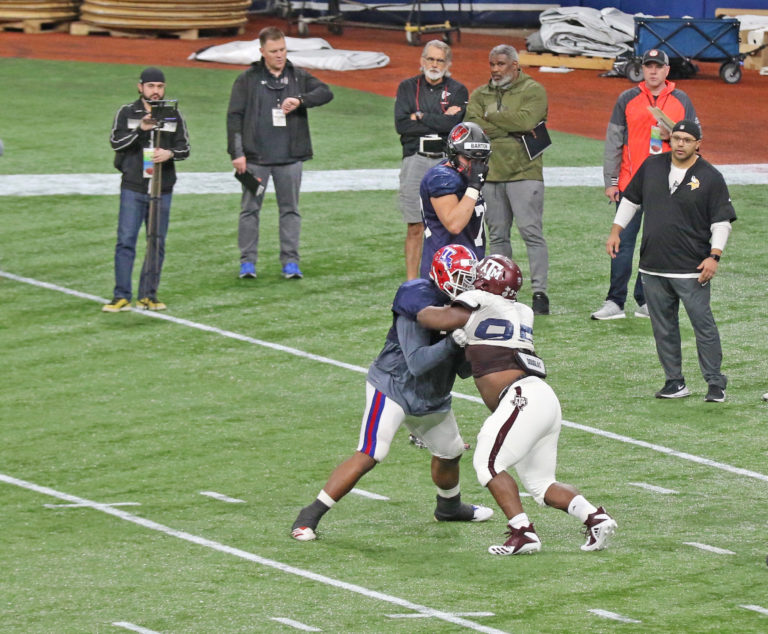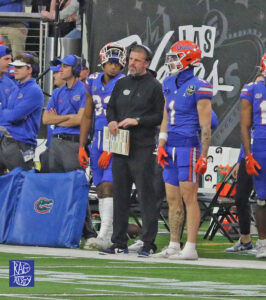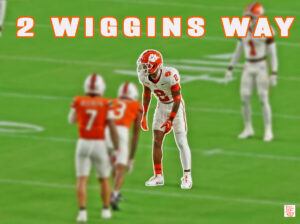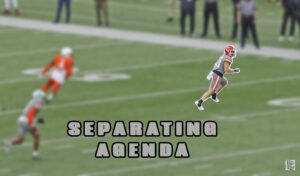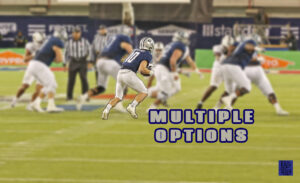Josh Allen was one of five quarterbacks selected in the first round of the 2018 NFL Draft. Like fellow first...
2019
Lock, the team's second-round pick, finished his career with 12,193 yards passing (second in SEC history). Denver Broncos Notable picks: ...
Omenihu, the Big 12 Defensive Lineman of the Year in 2018, has nearly 37-inch arms. He could be a fit...
Williams led the SEC in passes defended in 2018 after posting career-highs in interceptions (4) and pass break-ups (14). New...
Ferguson, pictured, totaled 26 tackles for losses in 2018 while also posting 17 quarterback sacks. He ended his career as...
Murray (No. 1 pictured) was often tasked with finding passing lanes behind a mammoth offensive line in school. Arizona...
Panthers first-round pick Brian Burns (No. 99 pictured) finished his career with 24 quarterback sacks, 39 tackles for losses, seven...
Summers (No. 42 pictured) finished his TCU career with 319 tackles, 10.5 quarterback sacks, 23.5 tackles for losses, two interceptions...
The New York Giants had the sixth overall pick of the 2019 NFL Draft and selected former Duke quarterback Daniel...
Former Louisiana Tech offensive lineman O’Shea Dugas lined up all over the place for the Bulldogs in what turned out...
